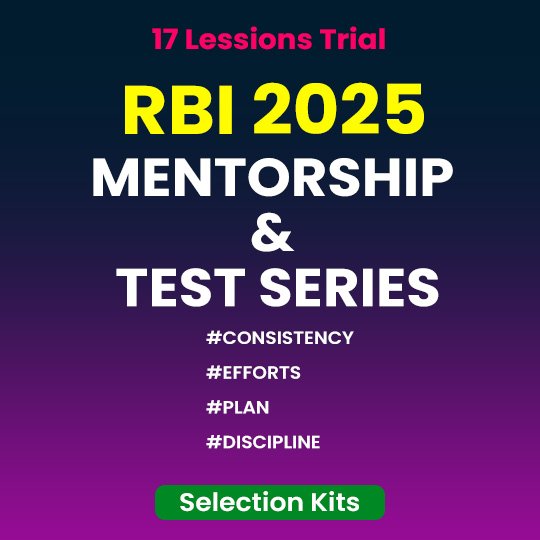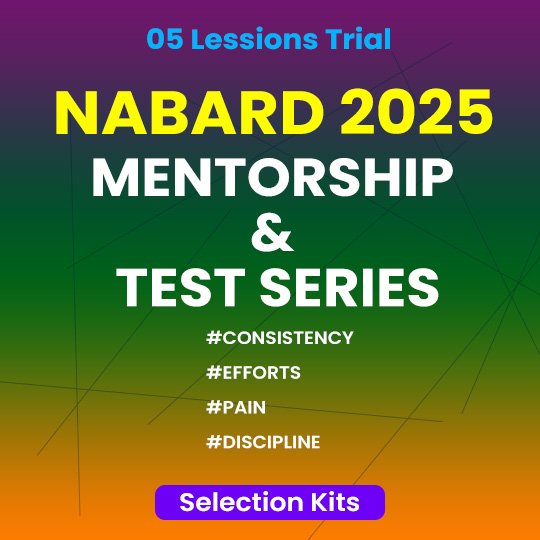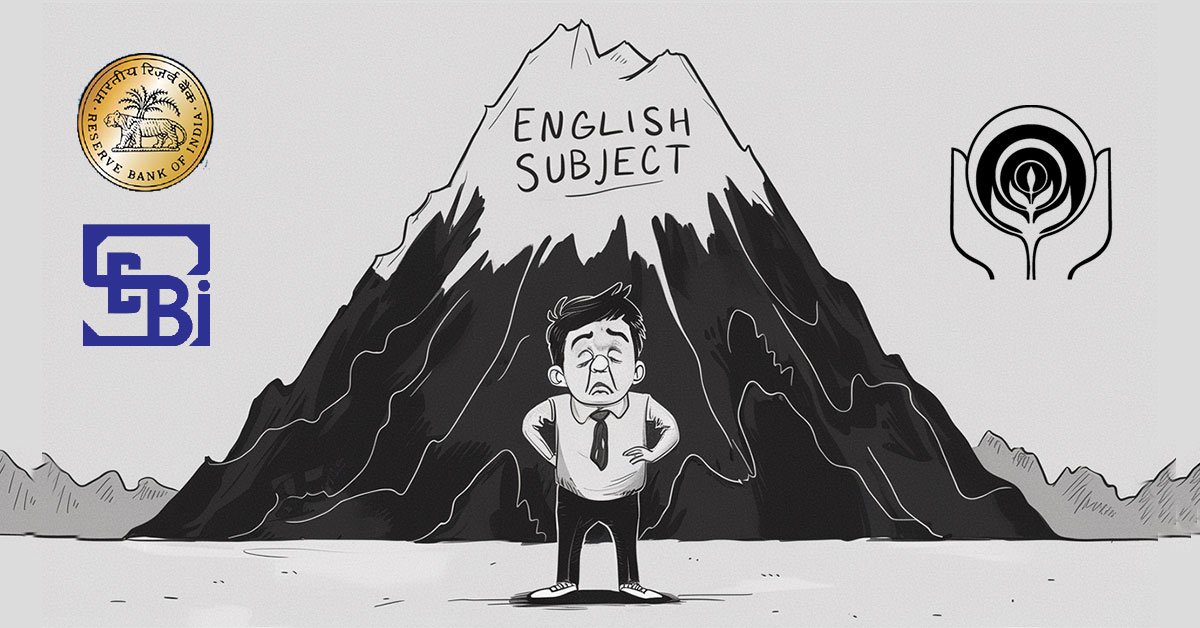Got Questions? We’ve Got Answers!
📚 Whether it’s about exams, career advice, or daily doubts, don’t hesitate—ask away!
💡 Daily Current Affairs for UPSC Quiz | Daily Quiz for UPSC
💡 Your Learning Partner Is Just a Click Away!
👉 Click here to Ask Your Question Now and get clear, reliable answers from experts.
Daily Current Affairs
1 July June, 2025
1. What is the primary aim of the Special Intensive Revision (SIR) being conducted in Bihar in 2025?
A. Boost voter turnout on election day
B. Conduct a caste-based census
C. Verify and update electoral rolls through door-to-door verification
D. Eliminate fake candidates from the ballot
E. Implement EVM-based remote voting
Answer: C. Verify and update electoral rolls through door-to-door verification
Explanation: SIR is a door-to-door verification process to update electoral rolls, especially before the Bihar Assembly elections in October 2025.
2. Under which article does the Election Commission of India get its power to supervise and conduct elections?
A. Article 324
B. Article 326
C. Article 21
D. Article 245
E. Article 14
Answer: A. Article 324
Explanation: Article 324 empowers the ECI to conduct and supervise elections in India.
3. What key issue is raised by experts regarding NITI Aayog’s proposal to cut tariffs on US agricultural imports?
A. Decline in urban income
B. Decrease in foreign investment
C. Risk to India’s food security and farmer income
D. High taxation on Indian products abroad
E. Failure to export Indian crops
Answer: C. Risk to India’s food security and farmer income
Explanation: The proposal could harm farmer livelihoods and food security due to reliance on cheap US imports and global price volatility.
4. The QUAD at Sea Ship Observer Mission supports which Indian maritime doctrine?
A. SAGAR
B. Indo-Marine Pact
C. Blue Water Vision
D. IPOI Green Belt
E. QUAD for Development
Answer: A. SAGAR
Explanation: SAGAR (Security and Growth for All in the Region) is India’s maritime policy supported through this mission.
5. Which major recommendation is part of the GST 2.0 reform agenda?
A. Exempt luxury goods
B. Increase GST to 35%
C. Include fuel and electricity under GST
D. Remove ITC entirely
E. Abolish GST Council
Answer: C. Include fuel and electricity under GST
Explanation: GST 2.0 recommends bringing fuel and electricity under GST to reduce tax cascading.
6. Which segment shows rising stress, according to the FSR 2025?
A. Priority sector lending
B. Agricultural loans
C. Unsecured personal loans
D. Corporate loans
E. MSME loans
Answer: C. Unsecured personal loans
Explanation: These loans, especially in Tier-III cities and among youth borrowers, show increased stress.
7. What challenge does the corporate bond market in India currently face, despite record issuances?
A. Low demand for bonds
B. Lack of SEBI regulation
C. Weak secondary market activity
D. Overregulation of corporates
E. Foreign investor exit
Answer: C. Weak secondary market activity
Explanation: While primary issuances are high, lack of secondary market depth limits bond market development.
8. Which two crops are the focus of NABARD and ICAR-NIRCA’s post-harvest training for FPOs?
A. Wheat and Rice
B. Turmeric and Chilli
C. Cotton and Jute
D. Sugarcane and Maize
E. Onion and Potato
Answer: B. Turmeric and Chilli
Explanation: The training is focused on modern post-harvest practices for turmeric and chilli to enhance market value.
9. What subsidy model has been proposed to reform the fertiliser subsidy system in India?
A. Flat Subsidy to Companies
B. Direct Benefit Transfer to Farmers
C. GST-based Fertiliser Pricing
D. Fertiliser Credit Card
E. Crop Insurance-linked Subsidy
Answer: B. Direct Benefit Transfer to Farmers
Explanation: The proposed model aims to disburse subsidies directly to farmers based on land, soil, and crop data.
10. What traditional agricultural method is also known as “Jhum” in India?
A. Mixed Farming
B. Drip Irrigation
C. Hydroponics
D. Shifting Cultivation
E. Organic Terrace Farming
Answer: D. Shifting Cultivation
Explanation: Jhum is a slash-and-burn technique used in hilly areas, followed by long fallow periods.















